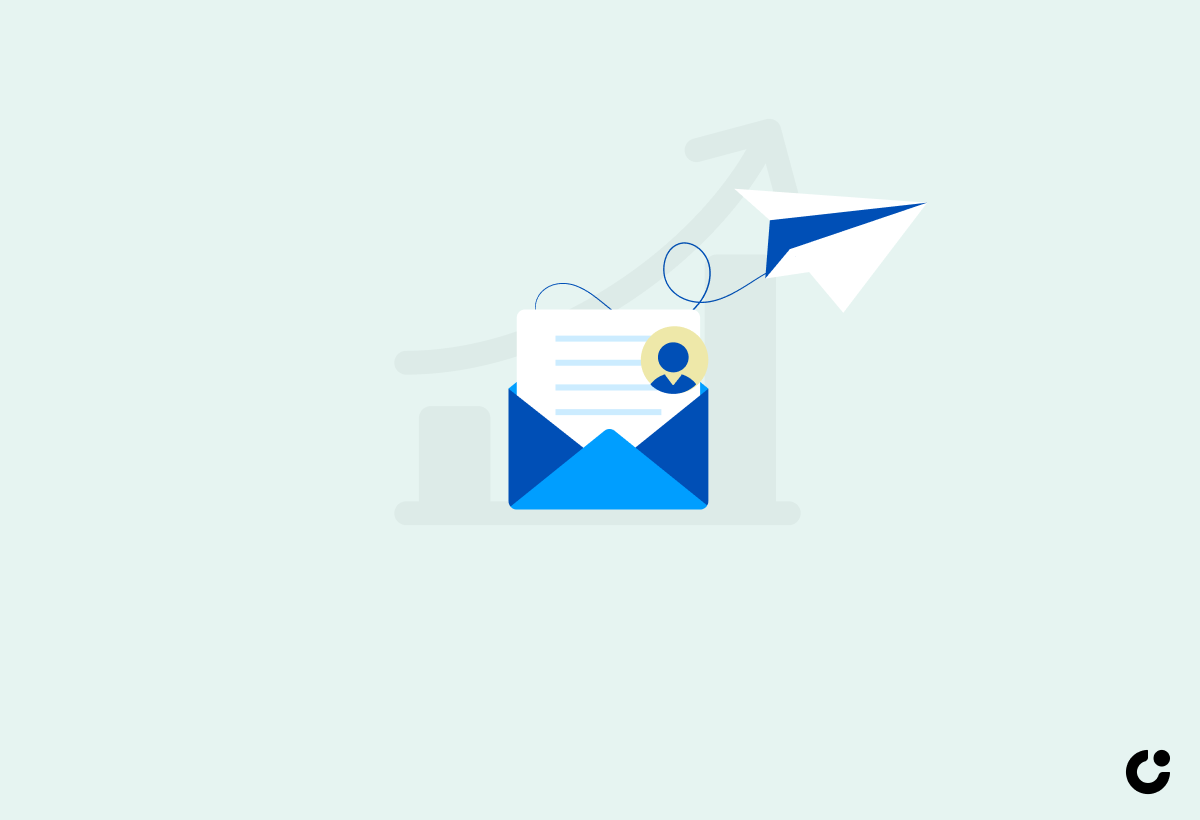Are you struggling to see results from your cold email campaigns? Discover the power of the ultimate cold email checklist to optimize your approach and unlock new business opportunities. In this comprehensive guide, we will cover everything from crafting the perfect subject line to ensuring your emails reach the right audience. Get ready to transform your cold email strategy and generate the results you’ve been dreaming of!
Key Takeaways
- Craft the perfect subject line tailored to recipient’s interests.
- Keep cold emails between 50-150 words and use clear call to action & straightforward language for enhanced readability.
- Focus on benefits, maintain deliverability, target right audience & stay compliant with regulations for successful campaigns.
Crafting the Perfect Subject Line

The subject line is your golden ticket to capturing the attention of your target audience and persuading them to open your cold email. Research recommends tailoring your subject line to the recipient’s interests for it to be captivating. Given the prevalence of mobile devices, a short, easily readable subject line is indispensable. Aim for less than 60 characters and 10 words to strike the perfect balance.
There are two main approaches to crafting subject lines for cold emails: short and specific. Given the prominence of mobile devices, make sure your subject line isn’t truncated and is sufficiently compelling to entice further reading. This is especially crucial for follow-up emails in your cold outreach campaign, as an engaging subject line can mean the difference between a response and a missed opportunity.
Optimize Email Length
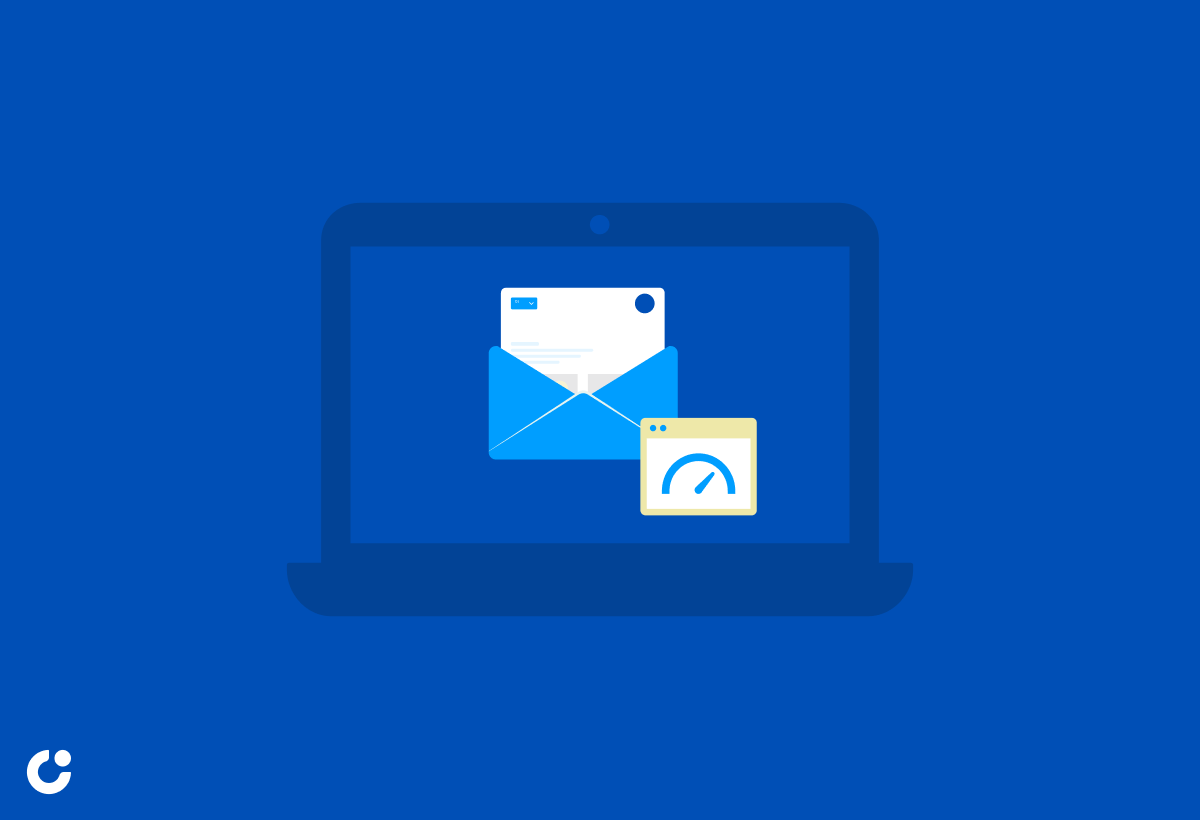
When it comes to cold emails, less is often more. You might wonder how many cold emails should be sent to optimize the word count, which can significantly enhance readability and boost response rates. Research suggests that cold emails should be between 50-150 words in length. This concise approach ensures that your message is easily digestible and stands out among the many emails in the recipient’s inbox.
To further optimize your cold emails, here are some tips:
- Avoid introducing yourself in the opening and focus on providing value to the prospect’s experience.
- Write your emails as friendly conversations rather than sales pitches.
- Maintain consistency to prevent them from being flagged.
Following these guidelines and using the ultimate cold email checklist will help you create effective cold emails that resonate with your target audience and yield positive results.
Personalize Your Approach
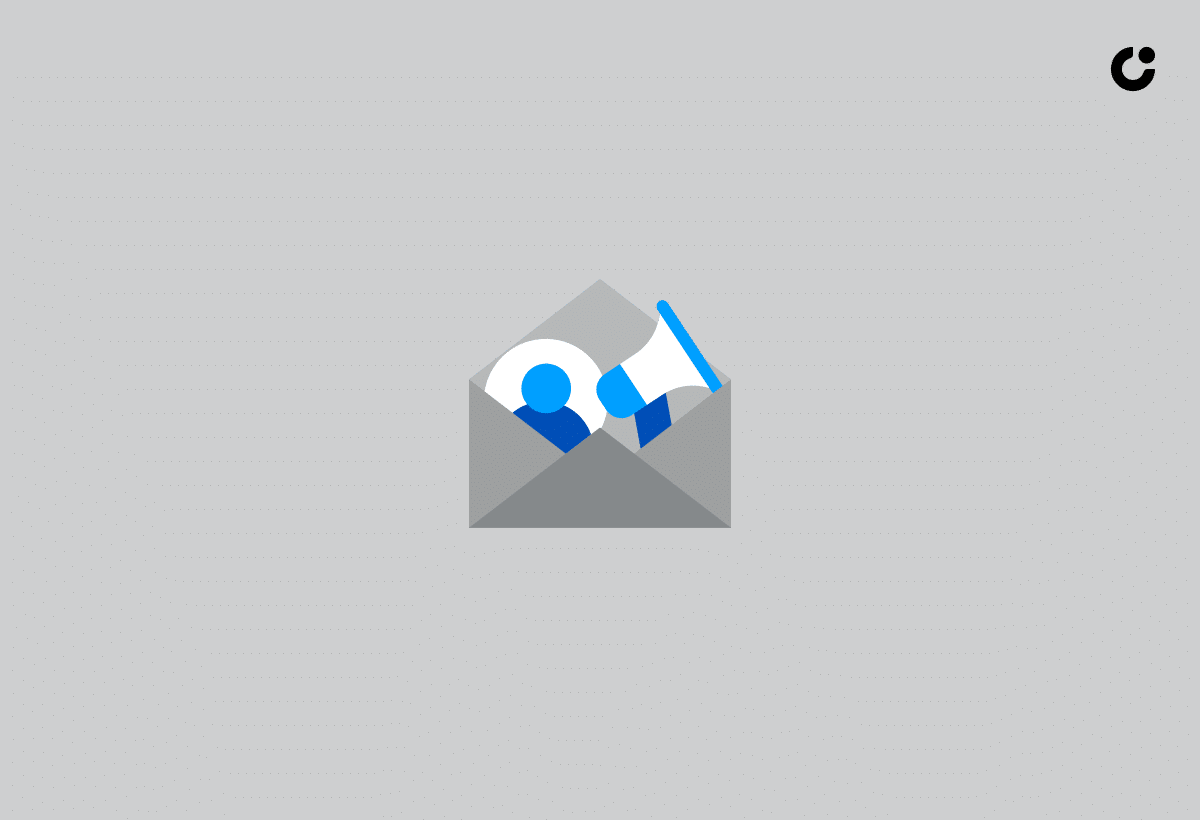
In the world of cold emailing, personalization is key to establishing a connection with your prospects. Creating a personalized email using the recipient’s name, company, and relevant information can resonate with them and boost engagement. Remember, the objective of a cold email is to establish a connection in the initial message and cultivate a relationship.
To create a successful personalized cold email, focus on the recipient’s interests and ask yourself if your message will be of interest to them and if they will take the desired action for your business. Ensure that your message provides value to the prospect’s life and gives them an impetus to initiate a dialogue.
Personalized cold emails, when done right, can yield impressive results and convert prospects into leads.
Enhance Readability

Readability is a crucial aspect of cold emails, as it facilitates comprehension and enhances the overall reading experience. For improved readability, writing cold emails at a 3rd grade reading level is recommended. This approach ensures that your email is easily understood by a wide range of recipients, increasing the chances of a positive response.
To further enhance readability, use short sentences, concise paragraphs, and straightforward language. Aim for paragraphs that are 1-2 sentences long, as this makes your email easier to skim and digest. By keeping your message simple and easy to read, you increase the likelihood of engaging your prospects and improving response rates.
Craft a Clear Call to Action

A clear call to action (CTA) is a vital component of any successful cold email. It provides prospects with direction for their next steps and encourages them to take the desired action. A concise and succinct CTA, limited to one or two sentences, can be highly effective. Ensure your cold email contains a single, explicit request for the desired outcome, guiding the recipient without overwhelming them.
Research from Boomerang indicates that emails including 1-3 questions are 50% more likely to receive a response than those without. By asking a question and indicating that a reply is desired, you create a sense of engagement and increase the chances of eliciting a response.
Be mindful of reducing the sense of pressure when presenting a call-to-action to a prospect, such as suggesting a 10-minute phone conversation instead of a longer commitment.
Avoid Overloading with Images and Links

While images and links can enhance your cold email’s visual appeal, they can also trigger spam filters and dilute your message. Limiting the use of images and links in your cold emails can help avoid these issues. In your first cold email, refrain from adding images to maintain brevity and prevent spam filters from being triggered.
When including a URL in a cold email, use a description instead of adding the URL directly. If you choose to incorporate images, personalize them and ensure they are relevant to the recipient, such as including a screenshot of their demo request form. Be cautious with special characters, emojis, and GIFs, as excessive use may also trigger spam filters.
By avoiding overloading your cold emails with images and links, you improve the chances of your message being received and read by your prospects.
Master the Art of Follow-Up
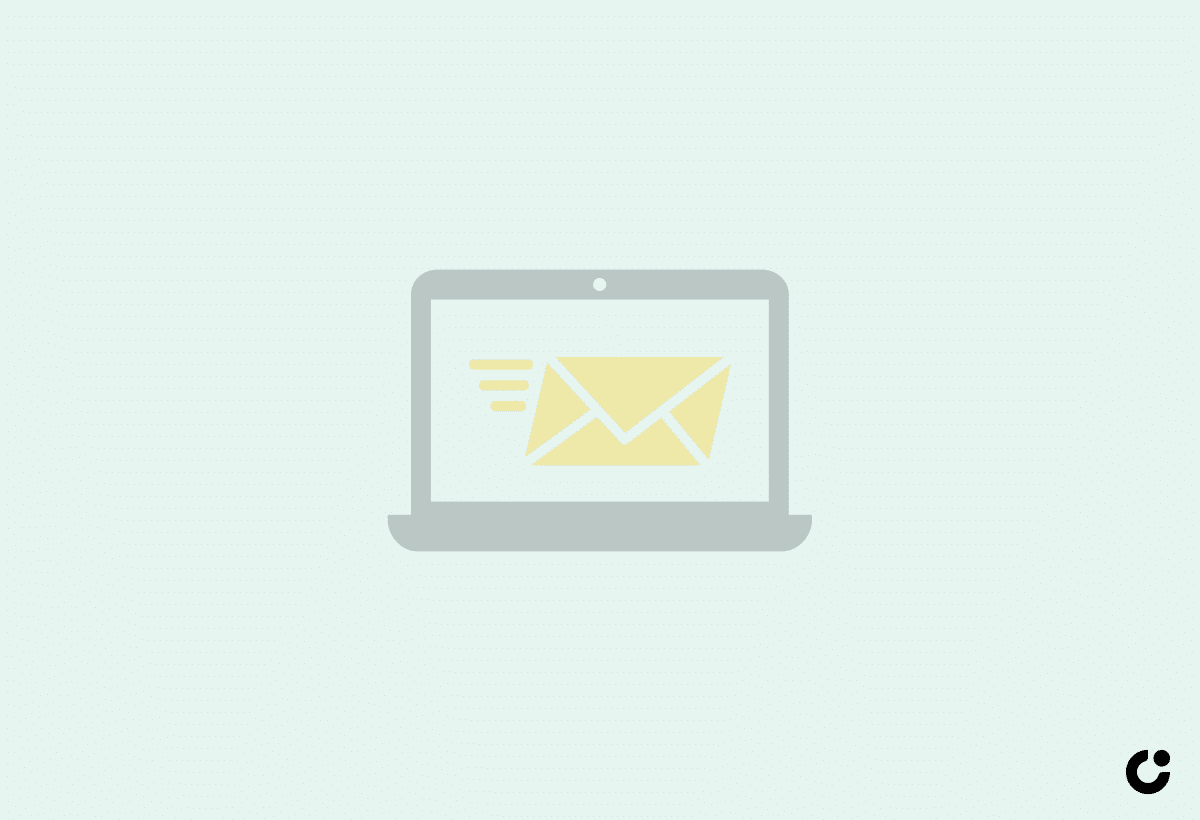
Cold emailing can be very effective. 80% of sales resulting from it take an average of 5-7 follow-ups. That is why following up is so crucial. Developing a strategic follow-up plan that nurtures relationships can help master the art of follow-up and increase the chances of converting prospects into customers. This includes constructing persuasive follow up email and avoiding sending generic or duplicate messages.
Set yourself apart from other companies by consistently following up with prospects and making yourself appealing to potential customers. Remember, cultivating relationships in cold emailing is a strategy that can yield more beneficial outcomes in the long term. By mastering the art of follow-up, you can improve your cold email campaign’s success and maximize your results.
Proofread and Refine
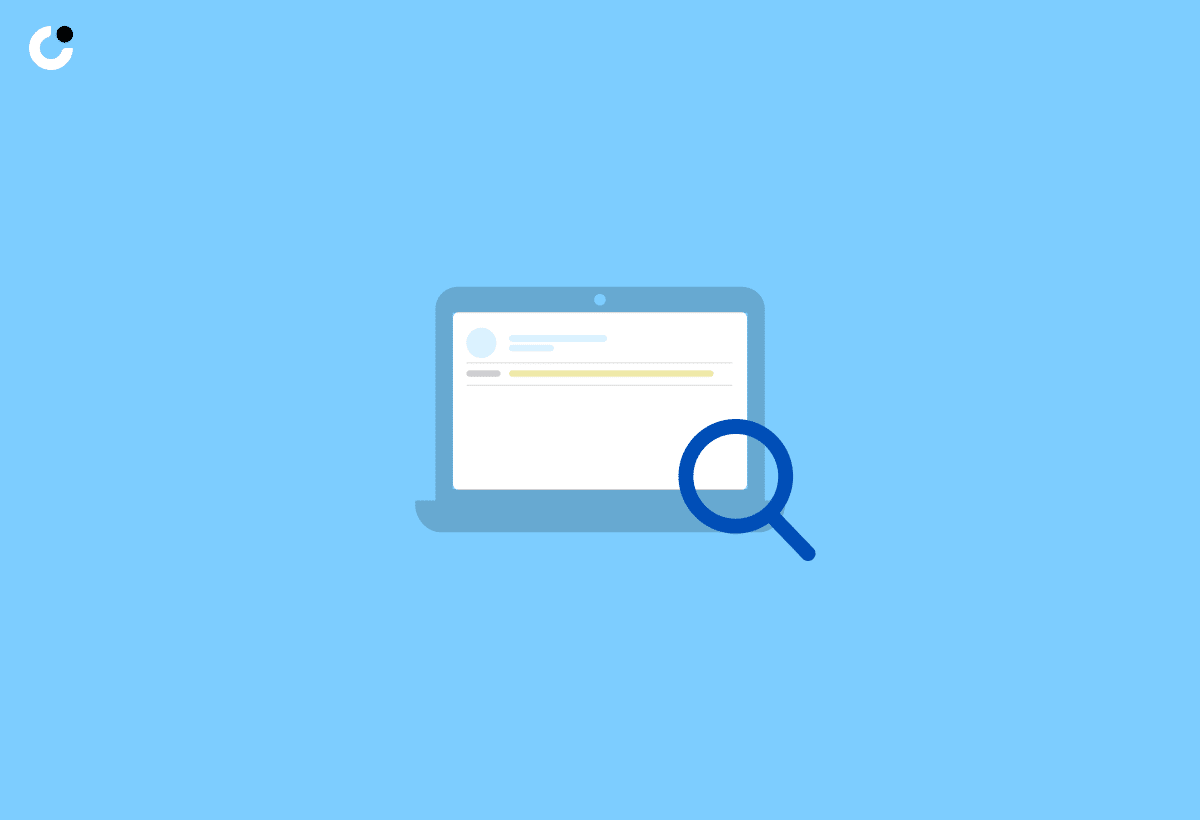
A thorough proofreading of your cold emails can ensure a professional and polished message. Take the time to review your email for grammar, spelling, and accuracy before sending it to your prospects.
A well-written and error-free email not only conveys your message effectively but also leaves a lasting impression on the recipient. Remember, first impressions count, so don’t let minor mistakes undermine your cold email efforts.
Build Trust and Credibility

Trust establishment with your prospects constitutes a vital component of successful cold emailing. Share testimonials, awards, and relevant achievements to build credibility and showcase the value you can provide.
By demonstrating your expertise and success, you create a solid foundation of trust with your prospects, increasing the likelihood of them taking the desired action and engaging with your business.
Focus on Benefits and Value Proposition
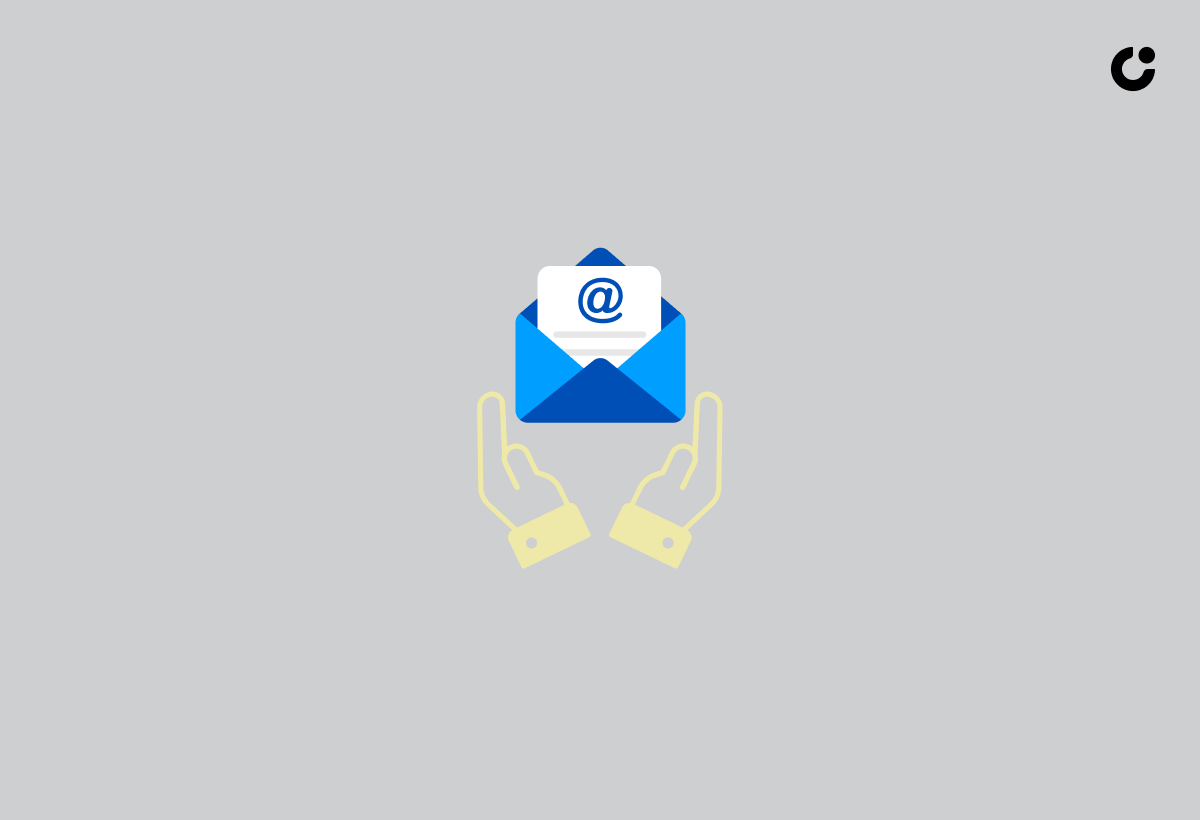
Emphasizing on the benefits and value your product or service offers to the recipient, instead of solely on features, is crucial when crafting your cold email. A strong value proposition outlines the unique benefits of your services and clearly communicates why clients should choose to do business with you.
By highlighting the advantages and impact your offering can have on the prospect’s situation, you can effectively capture their attention and interest.
Maintain Email Deliverability
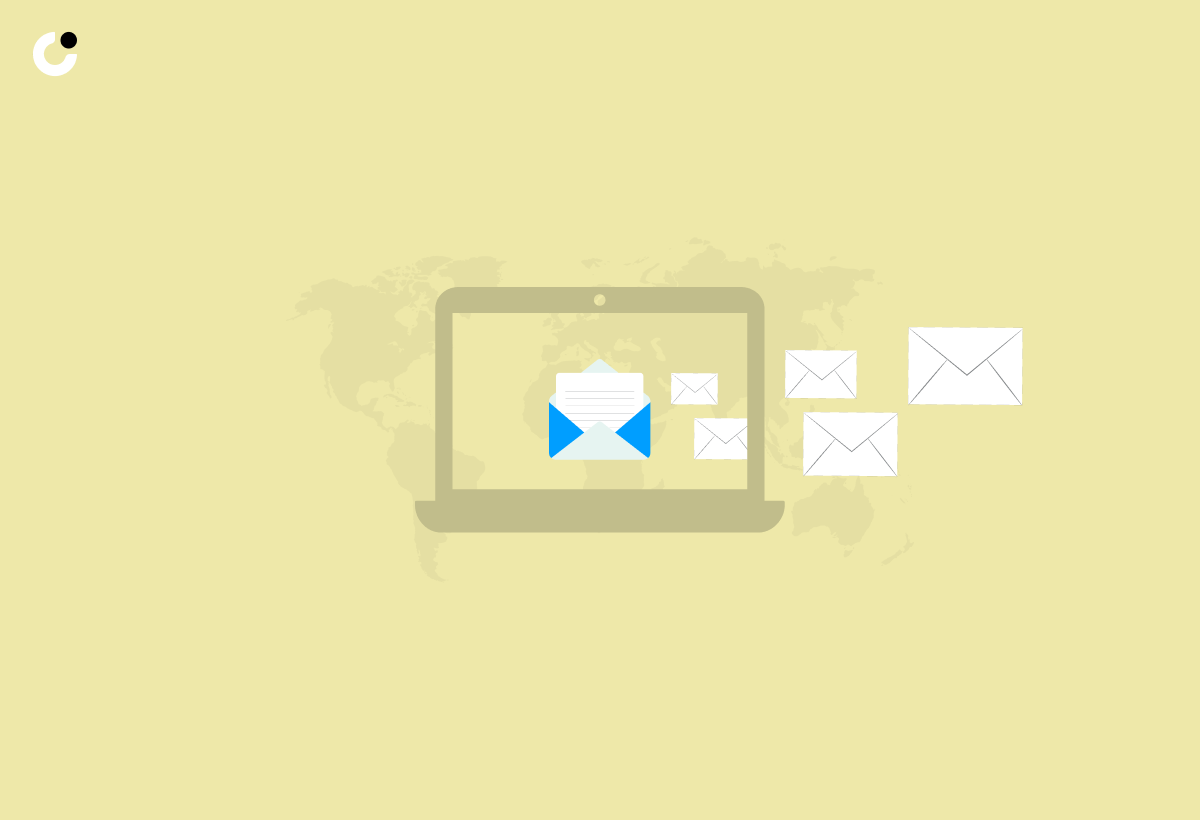
For the success of your campaign, it’s vital that your cold emails reach the intended recipients. To maintain email deliverability, implement email authentication methods like SPF, DKIM, and domainkeys identified mail, which help verify your emails and ensure optimal deliverability. Additionally, warm up your domain by gradually increasing the volume of emails sent from a new domain to avoid potential spam filter triggers.
Verify the email addresses of your prospects before sending emails to reduce bounces and avoid having your email accounts blacklisted by ISPs. Moreover, avoid using your primary domain for cold emails, as this can negatively impact your email sending reputation and increase the likelihood of all your company emails ending up in the spam folder.
By taking these measures, you can ensure your cold emails reach the right audience and improve the chances of success.
Target the Right Audience

A thorough research to identify and target the most relevant prospects is indispensable for the success of your cold email campaigns. By accurately identifying your target audience, you can increase the response rate of your cold emails and create a more significant impact on your prospects.
Remember, relevance is key when it comes to cold emailing, so invest time in understanding your prospects and tailoring your message to their needs and interests.
Test and Optimize
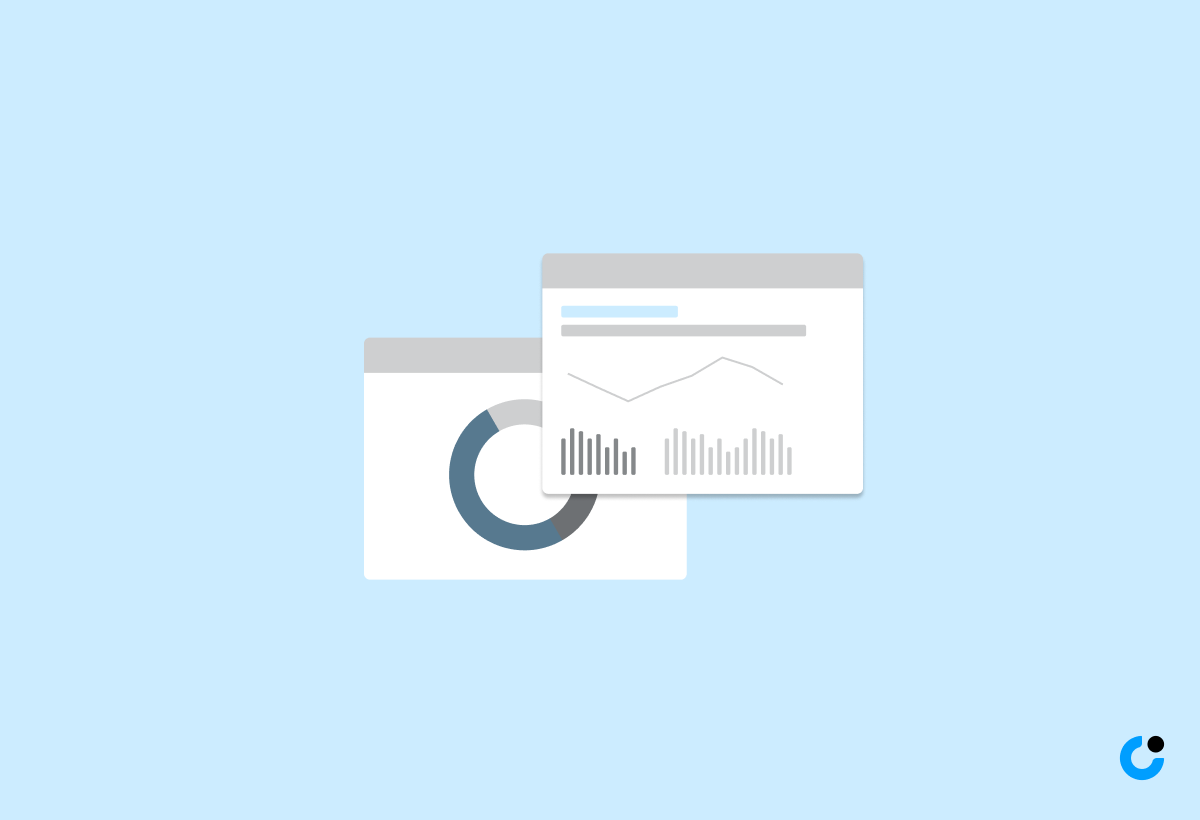
For improved performance and maximized results, continuous testing and optimization of your cold email strategy is key. A/B testing different aspects of your cold emails can provide valuable insights into what works best for your target audience. Some aspects you can test include:
- Subject lines
- Email copy
- Call-to-action
- Personalization
- Timing of sending
By testing and optimizing these elements, you can refine your cold email strategy and increase your chances of success.
By monitoring and analyzing the results of your cold email campaigns, you can make data-driven decisions to refine your approach and achieve better outcomes.
Stay Compliant with Regulations
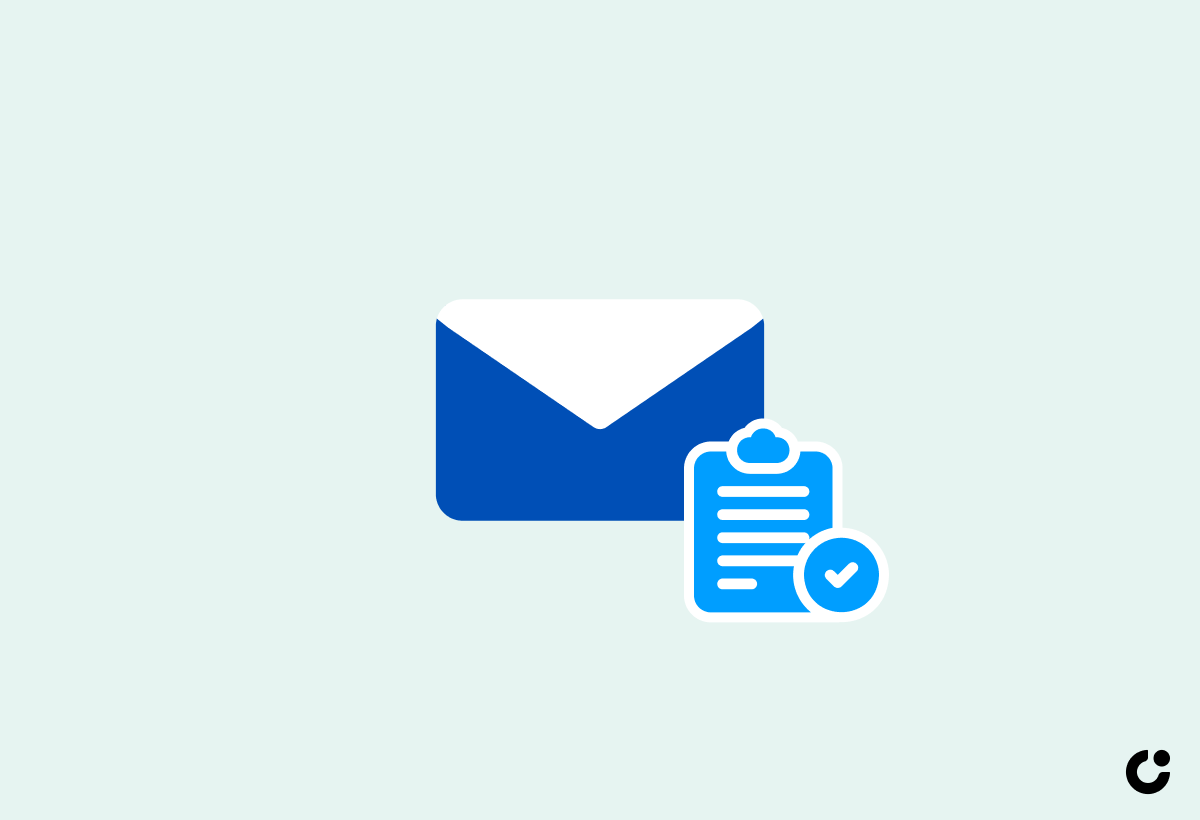
Adherence to email marketing regulations and best practices is necessary to avoid penalties and uphold a positive reputation. Ensure you comply with the CAN-SPAM Act, GDPR, and other applicable regulations when sending cold emails.
Additionally, follow recommended practices such as sending relevant, tailored emails and including an opt-out option. By staying compliant with regulations, you can protect your business and maintain a positive image in the eyes of your prospects.
Use Appropriate Email Templates
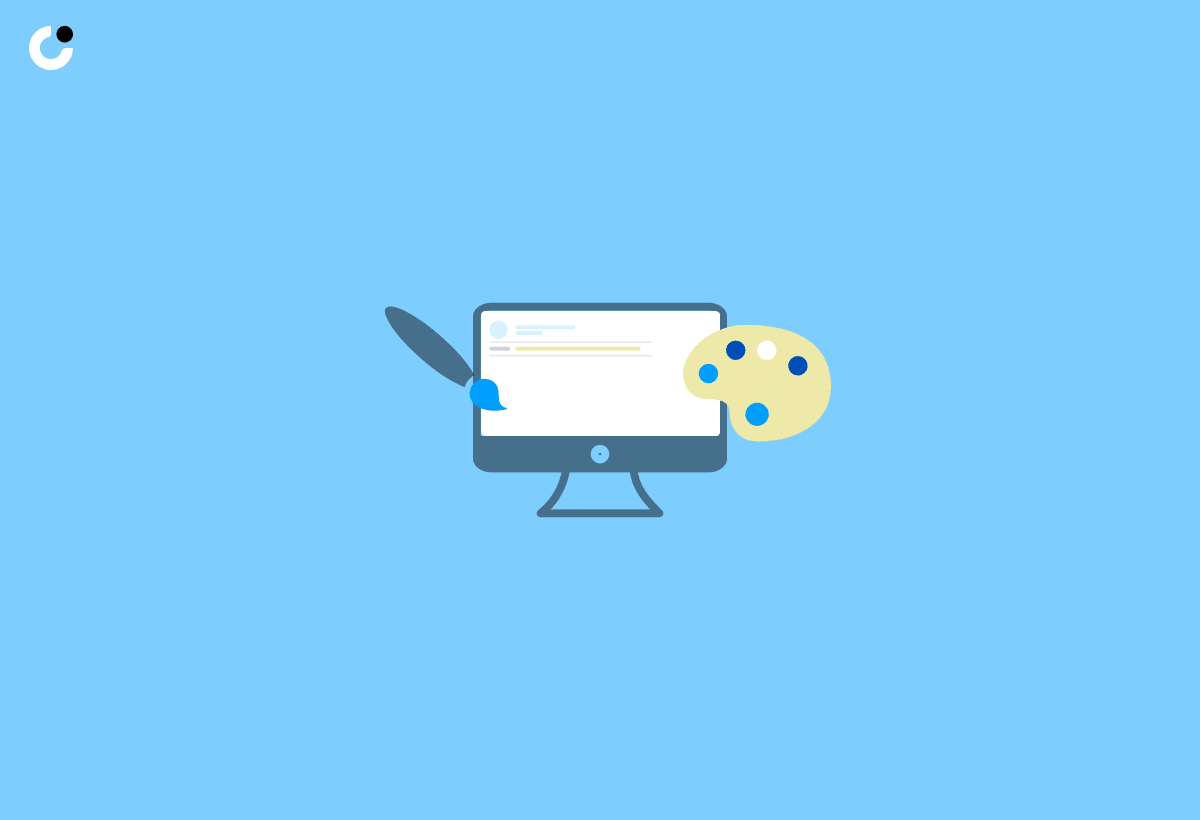
Choosing an appropriate email template can help convey your message effectively in both business emails and personal emails without appearing generic or impersonal. Opt for simple, text-based email templates that focus on your message and avoid elaborate designs that may lack personalization.
By selecting appropriate email templates for your cold email campaigns, you can ensure your message resonates with your target audience and leaves a lasting impression.
Manage Your Cold Email Campaigns
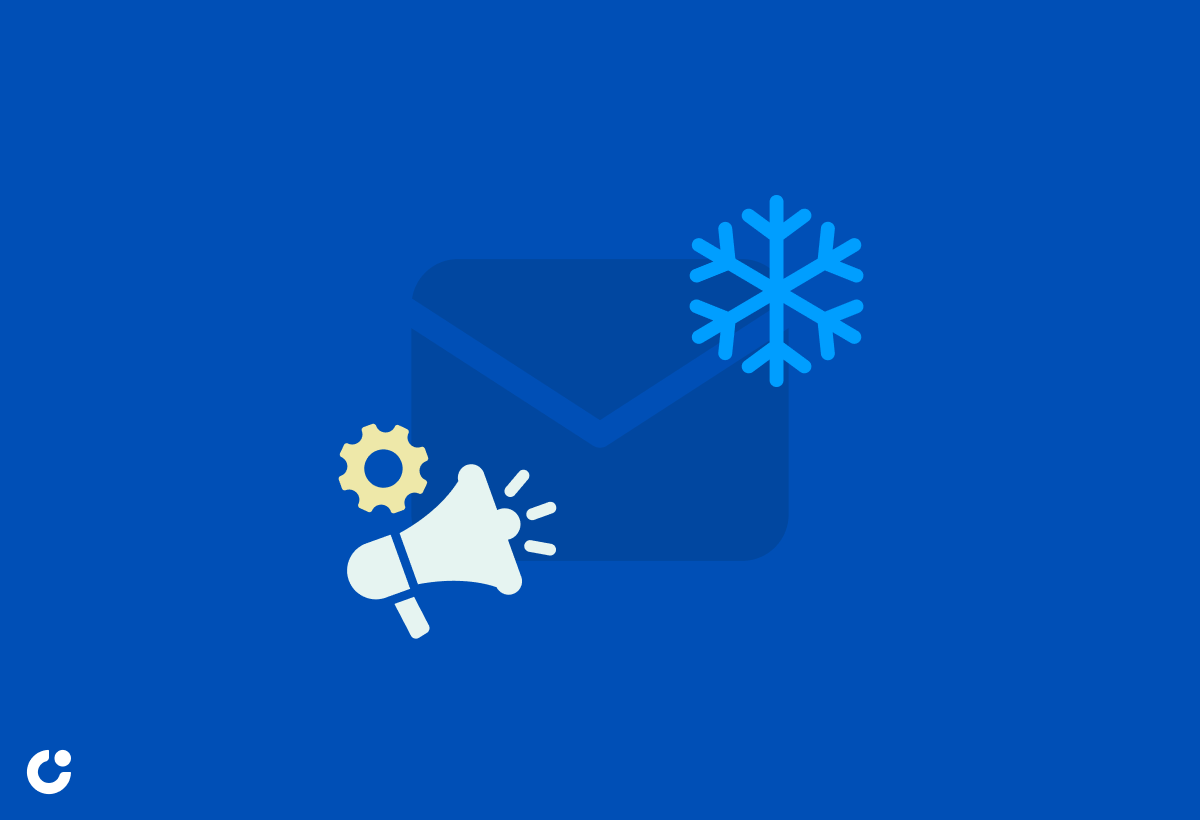
To ensure optimal performance and adjust your strategy as needed, it’s imperative to monitor and manage your cold email campaigns. Here are some key metrics to track:
By keeping track of these metrics, you can identify areas for improvement and make data-driven decisions to optimize your cold email campaigns.
By staying on top of your cold email campaigns, you can fine-tune your approach, maximize results, and achieve your business goals.
Summary
In conclusion, the ultimate cold email checklist is a powerful tool that can help you optimize your cold email campaigns and unlock new business opportunities. By following the guidelines and best practices outlined in this comprehensive guide, you can craft engaging subject lines, personalize your approach, enhance readability, and more. With a strategic and data-driven approach, you can transform your cold email strategy, generate impressive results, and propel your business to new heights.
Frequently Asked Questions
Is cold emailing illegal?
Cold emailing is not illegal; however, businesses must comply with the relevant anti-spam laws and regulations in order to avoid risks associated with this marketing strategy, such as damaging their reputation or recipients marking emails as spam.
What not to include in a cold email?
Avoid long messages, spammy subject lines, not adding a call-to-action, not creating a proper email structure, not focusing on visual elements, not staying up to date, and sending the same template. Focus on making a connection with the reader and include a clear conclusion.
What is cold email example?
I recently discovered your company and wanted to reach out to see if you might be interested in a solution I have for an industry problem. I'd be happy to provide a link to my portfolio so you can see some examples of my work. Could we arrange a time to discuss further?
What is an ice breaker for a cold email?
A good ice breaker for a cold email is to start with a compliment or mention of what the reader's company does and why it is great, in order to make them feel comfortable and stand out from other cold emails.
What is the ideal length for a cold email?
The ideal length for a cold email is between 50-150 words, written in a professional tone with a clear conclusion and focusing on making a connection with the reader.

